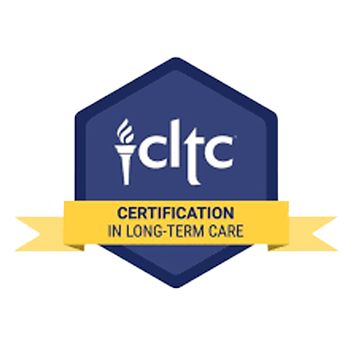Medicare Advantage plans have seen impressive growth and now represent 33,000,000 or 54% of Medicare beneficiaries.
Why Have Medicare Advantage Plans Become So Popular?
Costs. Many plans offer additional benefits such as dental, vision, hearing and/or drugs for little or no premium. No doubt about it, that’s attractive.
Medicare has four components:
- Part A – Hospitalization
- Part B — Medical services
- Part C – Combine Part A and Part B also known as Medicare Advantage
- Part D — Drugs
Medicare Advantage does not replace Medicare. Nor is it a supplement. It is an alternative to Part A and Part B. Some think of Medicare Advantage as all-in-one coverage.
Medicare Advantage is funded primarily by CMS, the Centers for Medicare and Medicaid, on a capitation basis. This means that CMS pays an insurer a certain amount of money monthly for each beneficiary enrolled in its plan(s). Premiums from enrollees also contribute to the funding.
Trouble For The Medicare Advantage Market
But the landscape is changing for the Medicare Advantage market. Thirty-two health systems dropped Medicare Advantage programs in 2024 citing pre-authorization rates, slow pay and coding intensity among other concerns. And legislators are attempting to rein in overpayment due to capitation.
Several of the largest Medicare Advantage insurers – Humana, Aetna, WellCare, United Healthcare and Cigna – to name a few, have withdrawn coverage from unprofitable counties or exited the market altogether. Expect reduced benefits, fewer plan options and higher premiums in the coming year.
Medicare Advantage contracts can and often do change annually. Beneficiaries must check annually to see if their doctor(s), health system, benefits and drugs are still covered. And at what cost.
Medigap Plans
Medicare supplement plans do just that. They supplement Original Medicare costs or fill in the gap. Also called Medigap plans, there are ten currently – Plan A, B, C, D, F, G, K, L, M and N.
The CMS defines what each plan must cover. Since all plans must cover the same expenses, the primary difference in selecting an insurer is cost. Supplement contracts do not change. But premiums can increase, primarily based on age.
Supplement plans generally do not cover drugs. Beneficiaries with Original Medicare will also need to enroll in a separate Part D plan.
With a Medigap plan a beneficiary can see any doctor contracted with Medicare anywhere in the United States. Currently 21% of beneficiaries have Medigap plans.
Planning For Your Future
A common myth is that Medicare Advantage or a Medigap plan will cover the costs of long-term care. Just like Original Medicare, these are not long-term care funding solutions. You need a separate plan for that.




